My favourite painting: Marco Forgione
'I fell completely in love with this painting because of its sheer joy, movement and carefree energy.'


Le Bal Bullier, 1913, by Sonia Delaunay (1885–1979), 3ft by 12½ft, Centre Pompidou, Paris
Marco Forgione says: I fell completely in love with this painting because of its sheer joy, movement and carefree energy. It captures the radical principles of the artist, inviting the viewer to leap into a liberating festival of sensual exuberance. The mix of couples, tightly pressed, dancing the tango, captured in such vibrant colour, provides a vivid portrayal of euphoria and freedom. However, its context—having been created just before the start of the First World War—leaves me with a sense of foreboding. All of which serves as a personal reminder to be focused and present in the moment.
Marco Forgione is CEO of the British Antique Dealers’ Association
John McEwen comments on Le Bal Bullier: Colour brings me joy,’ said Sonia Delaunay. Born Sara Elievna Stern to modest Jewish parents in Odessa, Ukraine, at seven, she was entrusted to the care of a rich maternal uncle and his wife in St Petersburg, adopting their surname, Terk, and always called Sonia. With the Terks, she travelled widely throughout Europe, visiting the great museums, and, at 17, was sent to art school at Karlsruhe. She finished her training in Paris, where she lived from 1906.
To avoid returning to St Petersburg, Sonia married Wilhelm Uhde, whose Parisian gallery was among the first to exhibit Cubist and naïve art and the first to show her pictures. It was a marriage of convenience, encouraged by the vogue among russian intellectuals for non-sexual marriages blancs, based on shared social or intellectual interests. The avant-garde Sonia was always passionately Russian in attitude. Through Uhde, she met a French pioneer of abstract art, Robert Delaunay, whom she married in 1910. This was a sexual union, but also a meeting of minds. ‘As they wake up, the Delaunays speak painting,’ said the poet Guillaume Apollinaire.
Colour and dance were the Parisian rage. ‘Fauvism’ introduced figures and landscapes painted in violent unrepresentational colours. The bright colours of Russian folk art were sensationally incorporated into Diaghilev’s Russian ballet productions.
Le Bal Bullier was a Parisian dance hall celebrated for the latest dance fads: the tango and the foxtrot. In Sonia’s semi-abstract celebration of the animated scene, the dancers can be interpreted as three couples or one in sequence, the globes of the still exciting electric lights glowing overhead.
Sign up for the Country Life Newsletter
Exquisite houses, the beauty of Nature, and how to get the most from your life, straight to your inbox.
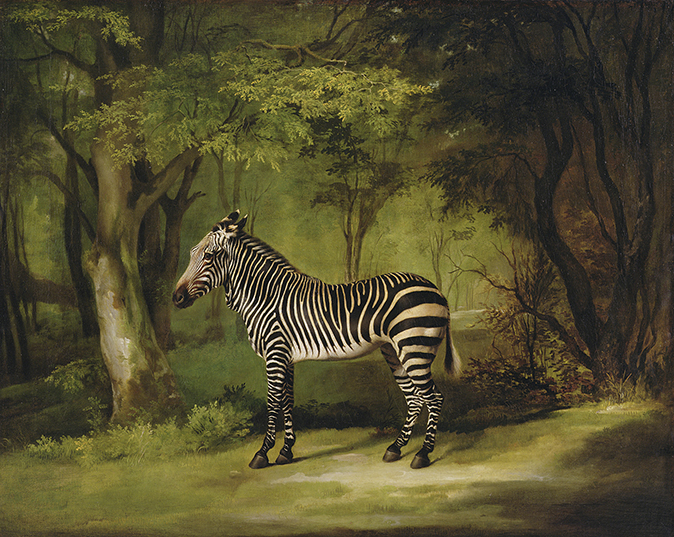
My favourite painting: Amy Meyers
'Stubbs’s portrayal is one of the subtlest and most poignant commentaries on the troubling displacements that were accruing from the
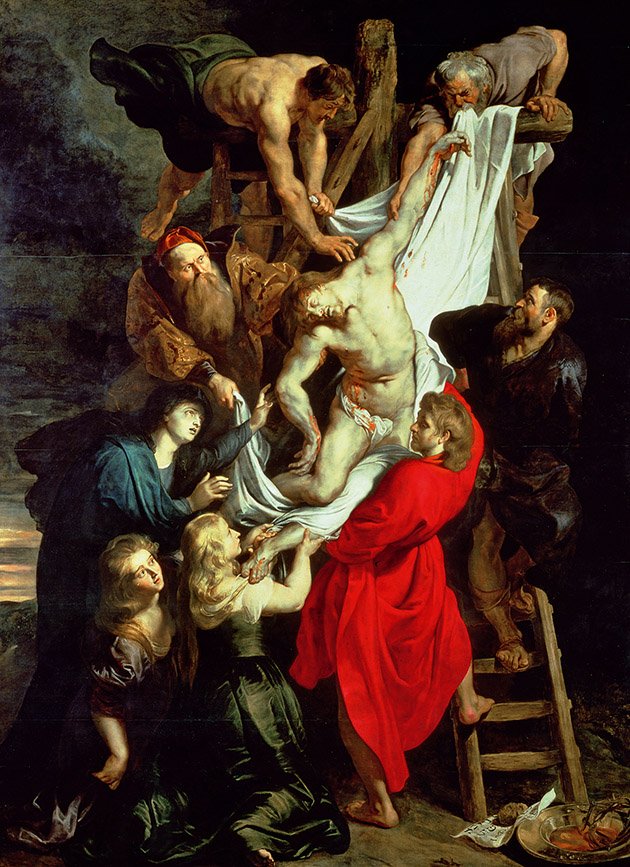
My favourite painting: Charles H. Cecil
'It embodies what oil painting can attain.'
Country Life is unlike any other magazine: the only glossy weekly on the newsstand and the only magazine that has been guest-edited by HRH The King not once, but twice. It is a celebration of modern rural life and all its diverse joys and pleasures — that was first published in Queen Victoria's Diamond Jubilee year. Our eclectic mixture of witty and informative content — from the most up-to-date property news and commentary and a coveted glimpse inside some of the UK's best houses and gardens, to gardening, the arts and interior design, written by experts in their field — still cannot be found in print or online, anywhere else.
-
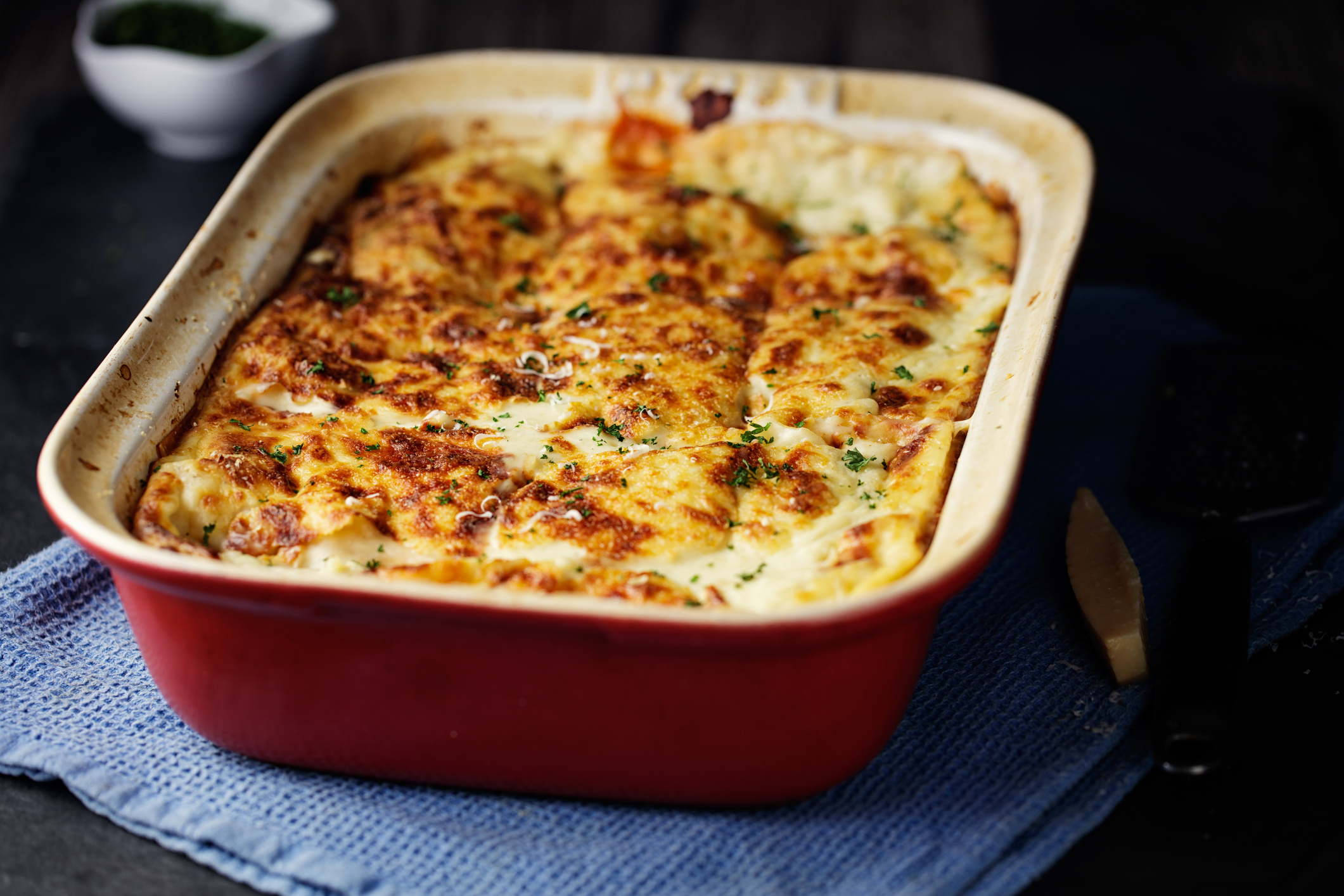 'Monolithic, multi-layered and quite, quite magnificent. This was love at first bite': Tom Parker Bowles on his lifelong love affair with lasagne
'Monolithic, multi-layered and quite, quite magnificent. This was love at first bite': Tom Parker Bowles on his lifelong love affair with lasagneAn upwardly mobile spaghetti Bolognese, lasagne al forno, with oozing béchamel and layered meaty magnificence, is a bona fide comfort classic, declares Tom Parker Bowles.
By Tom Parker Bowles
-
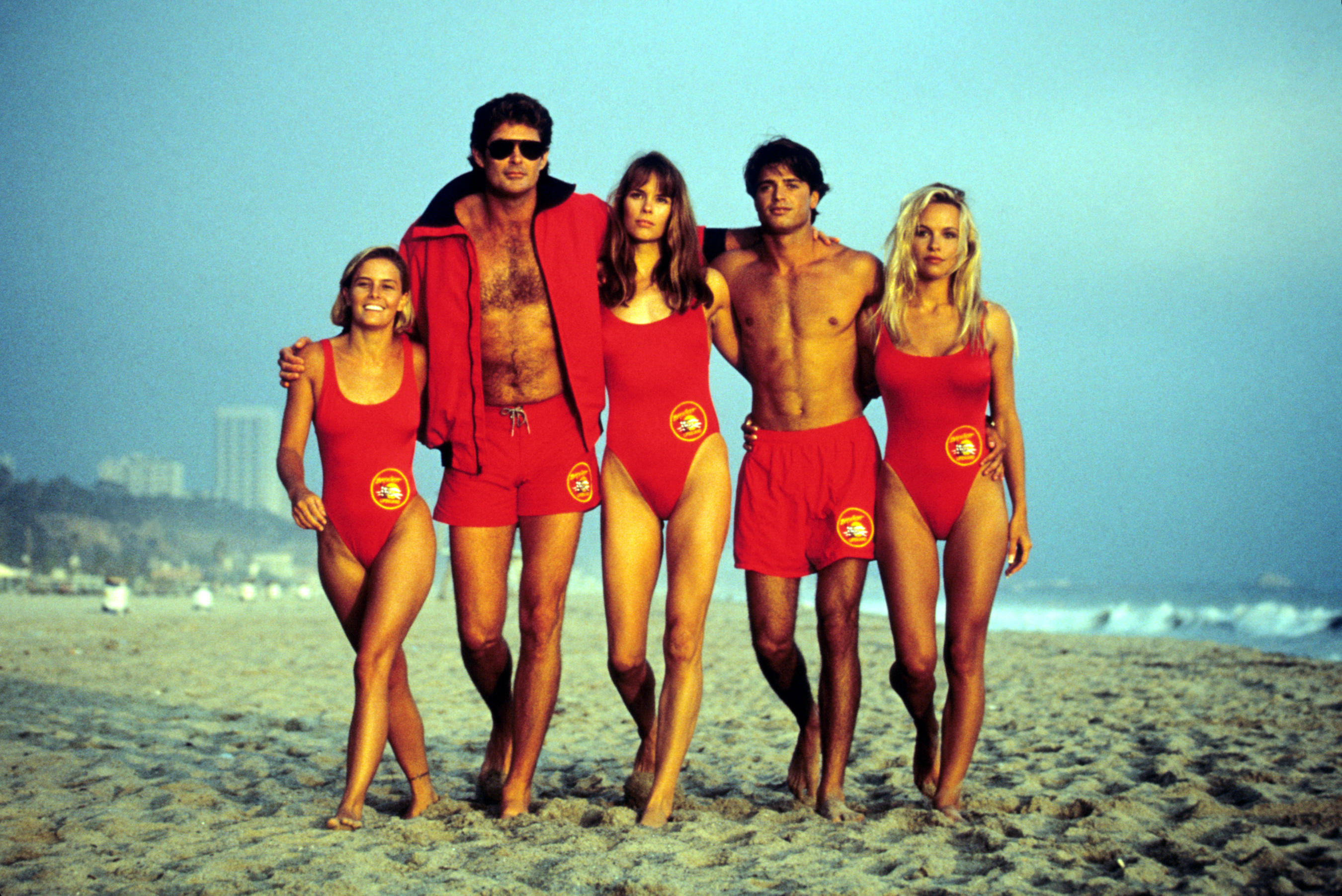 Country houses, cream teas and Baywatch: Country Life Quiz of the Day, April 24, 2025
Country houses, cream teas and Baywatch: Country Life Quiz of the Day, April 24, 2025Thursday's Quiz of the Day asks exactly how popular Baywatch became.
By Toby Keel
-
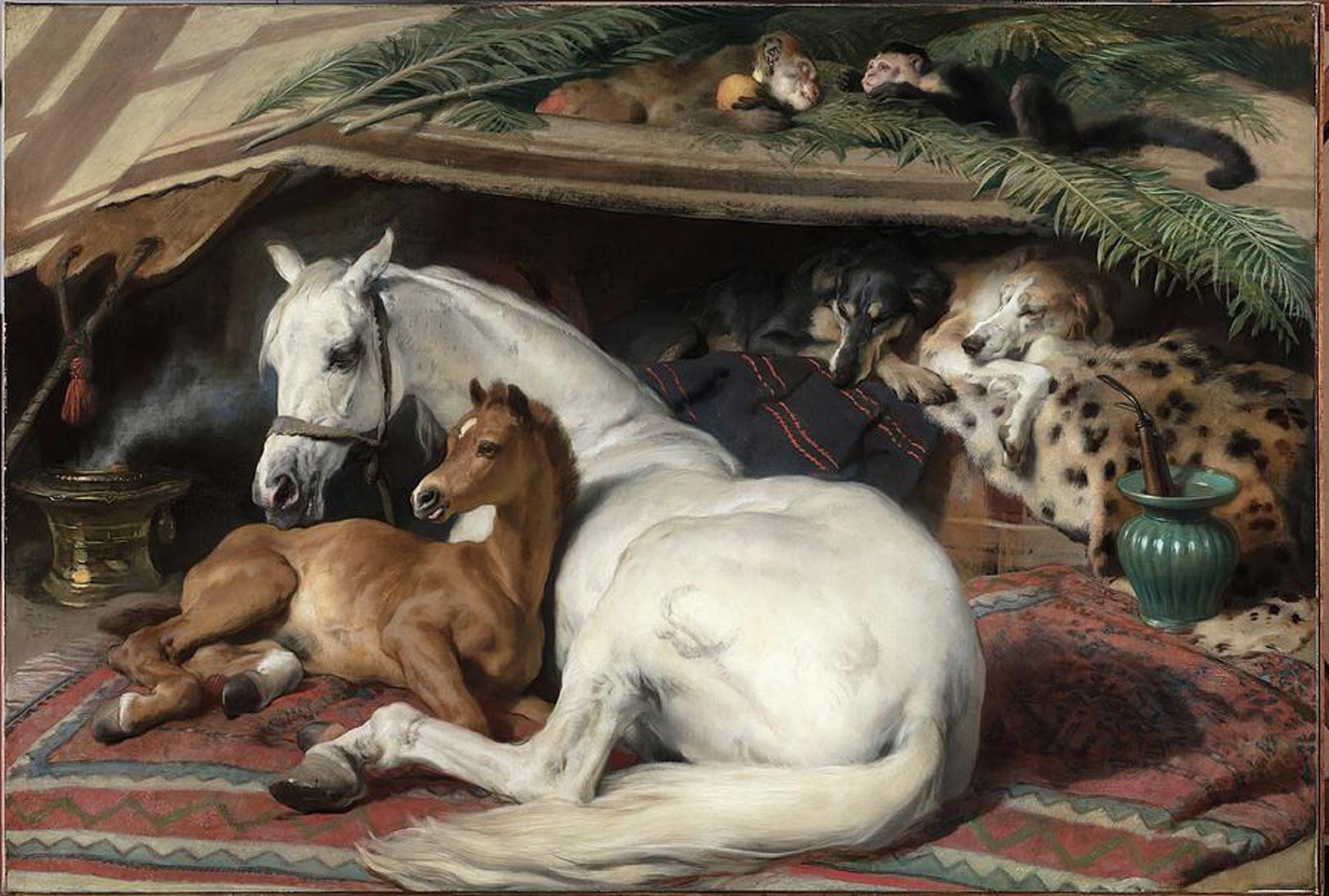 'As a child I wanted to snuggle up with the dogs and be part of it': Alexia Robinson chooses her favourite painting
'As a child I wanted to snuggle up with the dogs and be part of it': Alexia Robinson chooses her favourite paintingAlexia Robinson, founder of Love British Food, chooses an Edwin Landseer classic.
By Charlotte Mullins
-
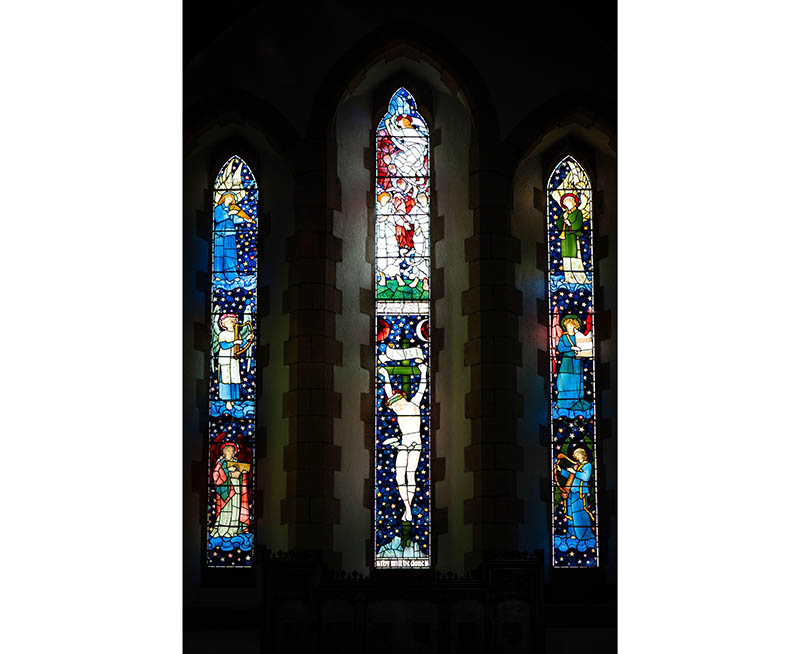 The Pre-Raphaelite painter who swapped 'willowy, nubile women' for stained glass — and created some of the best examples in Britain
The Pre-Raphaelite painter who swapped 'willowy, nubile women' for stained glass — and created some of the best examples in BritainThe painter Edward Burne-Jones turned from paint to glass for much of his career. James Hughes, director of the Victorian Society, chooses a glass masterpiece by Burne-Jones as his favourite 'painting'.
By Charlotte Mullins
-
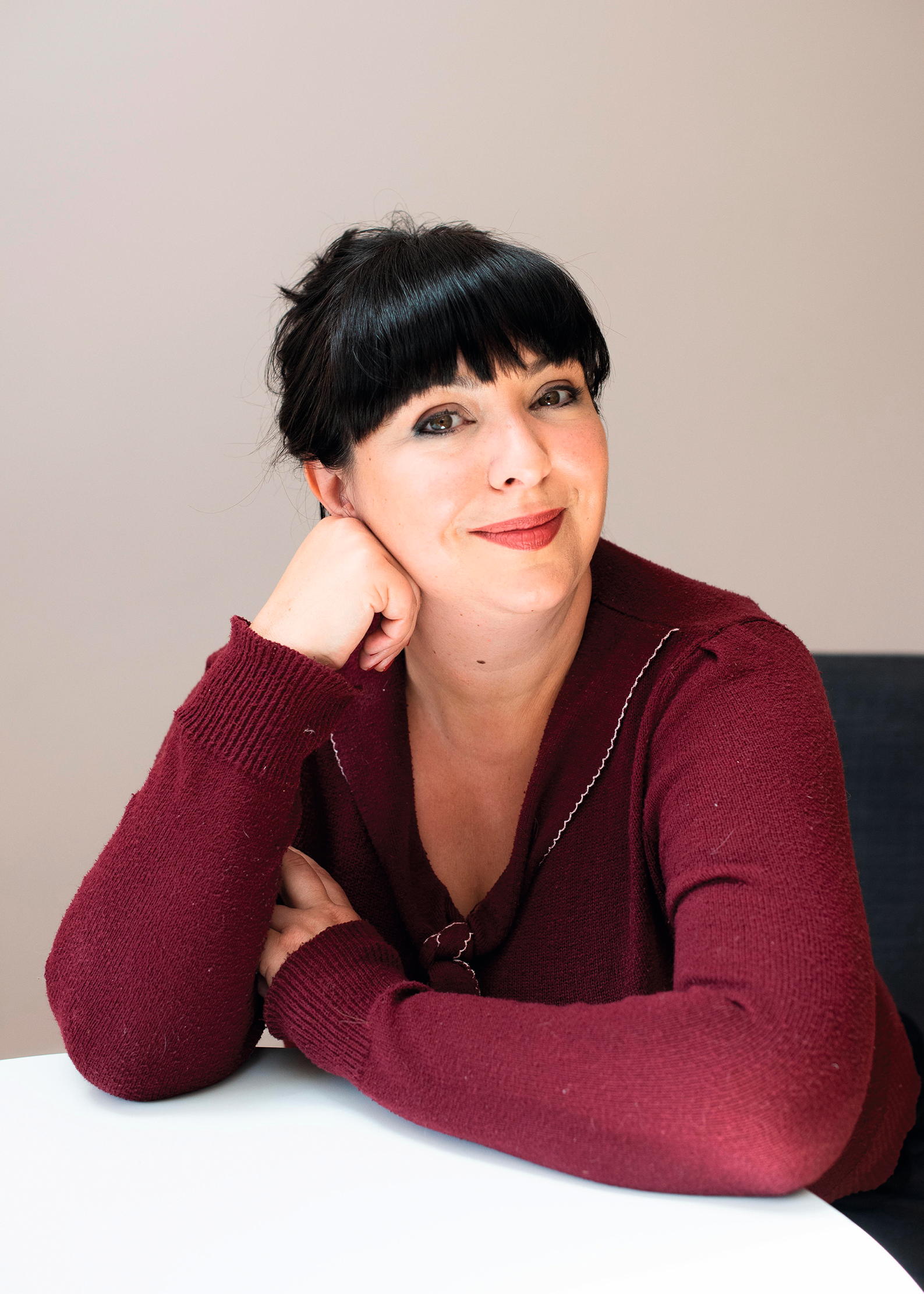 'I can’t look away. I’m captivated': The painter who takes years over each portrait, with the only guarantee being that it won't look like the subject
'I can’t look away. I’m captivated': The painter who takes years over each portrait, with the only guarantee being that it won't look like the subjectFor Country Life's My Favourite Painting slot, the writer Emily Howes chooses a work by a daring and challenging artist: Frank Auerbach.
By Toby Keel
-
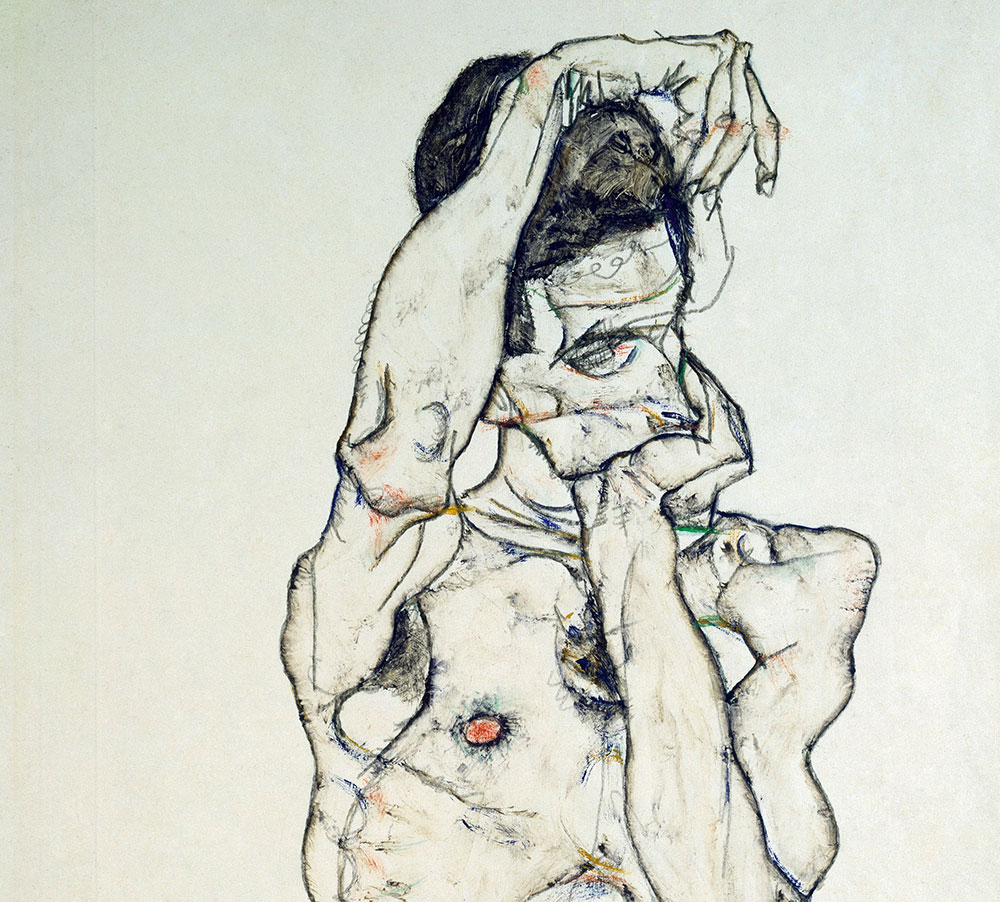 My Favourite Painting: Rob Houchen
My Favourite Painting: Rob HouchenThe actor Rob Houchen chooses a bold and challenging Egon Schiele work.
By Charlotte Mullins
-
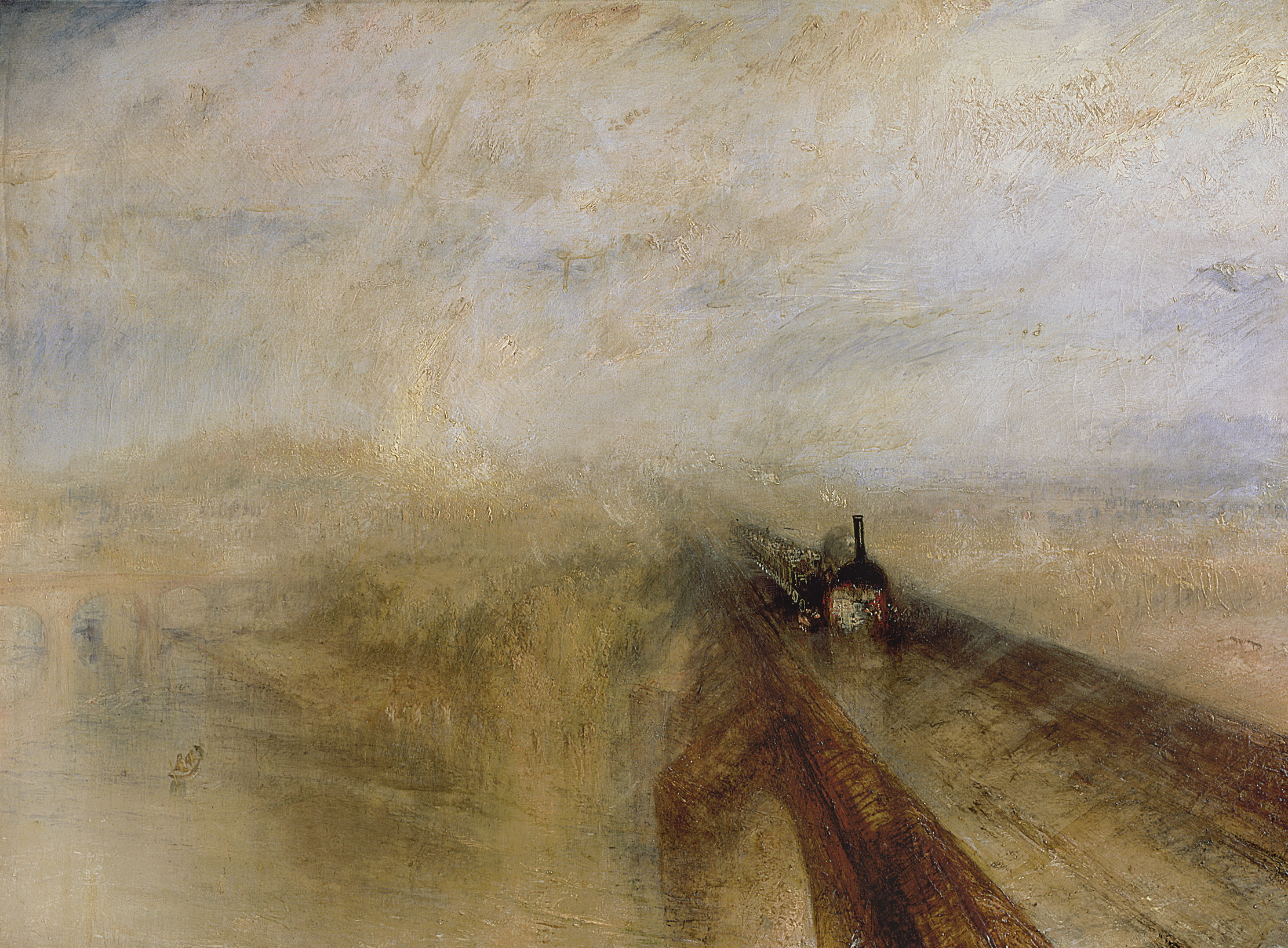 My Favourite Painting: Jeremy Clarkson
My Favourite Painting: Jeremy Clarkson'That's why this is my favourite painting. Because it invites you to imagine'
By Charlotte Mullins
-
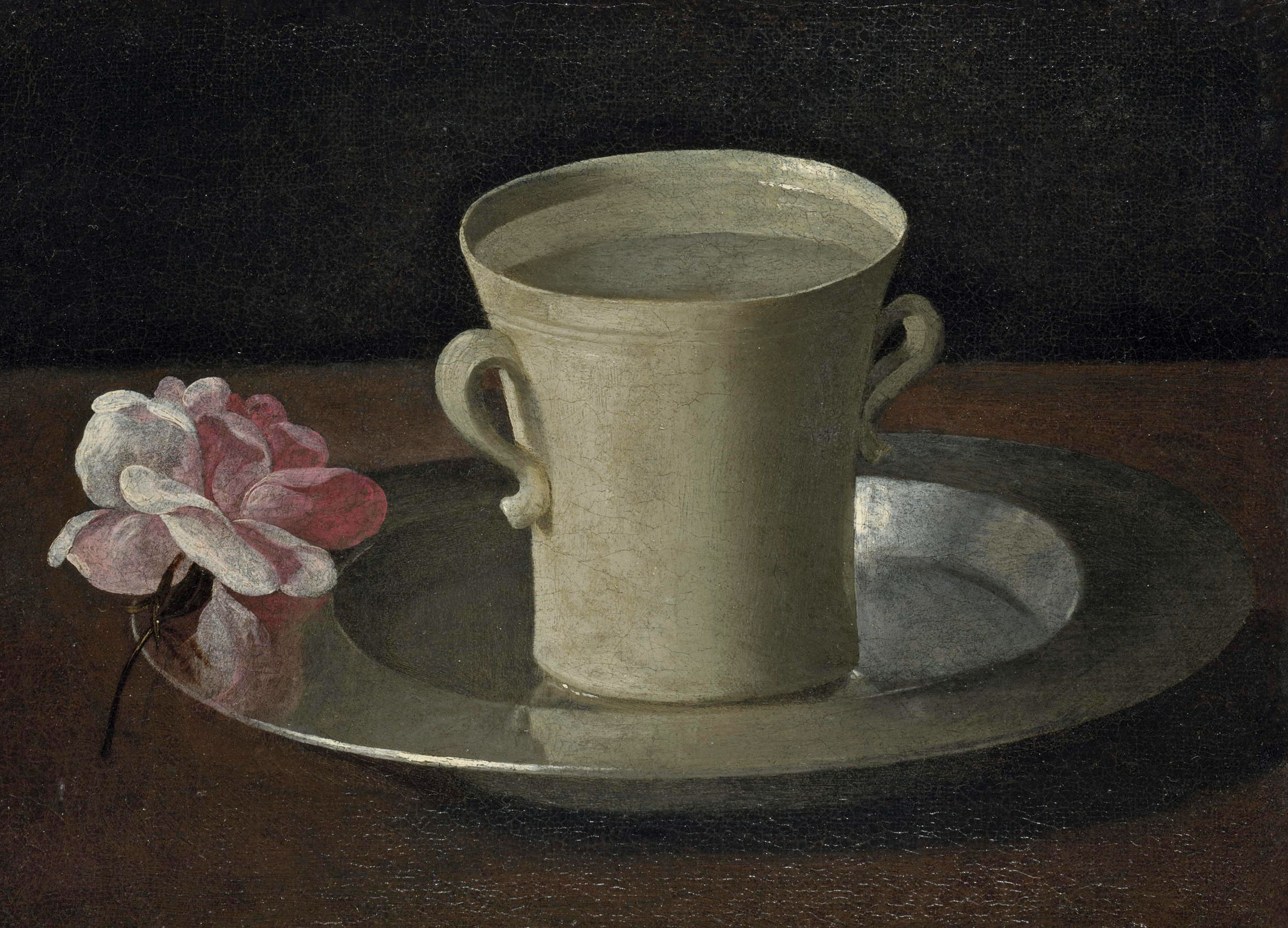 The chair of the National Gallery names his favourite from among the 2,300 masterpieces — and it will come as a bit of a shock
The chair of the National Gallery names his favourite from among the 2,300 masterpieces — and it will come as a bit of a shockAs the National Gallery turns 200, the chair of its board of trustees, John Booth, chooses his favourite painting.
By Toby Keel
-
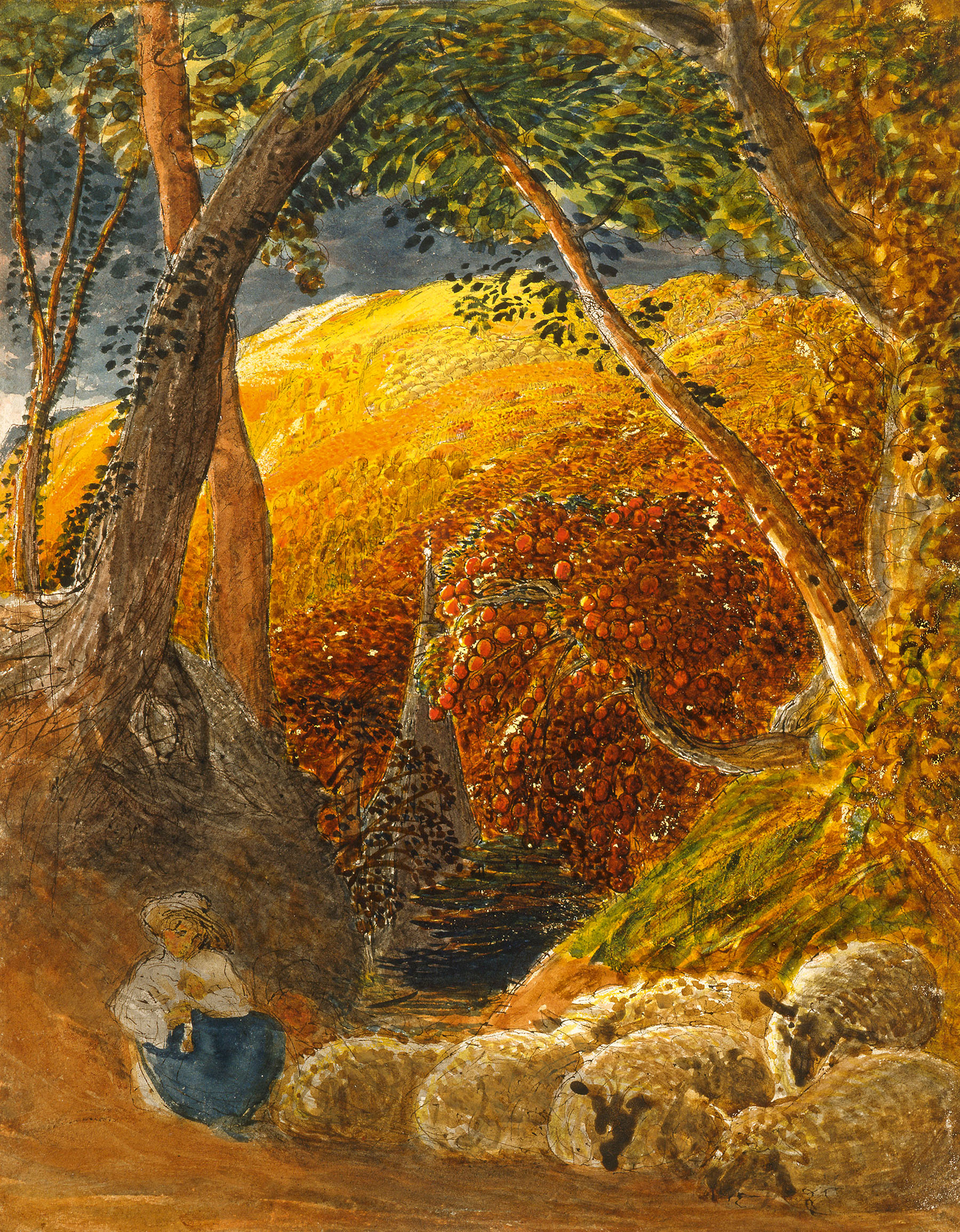 'A wonderful reminder of what the countryside could and should be': The 200-year-old watercolour of a world fast disappearing
'A wonderful reminder of what the countryside could and should be': The 200-year-old watercolour of a world fast disappearingChristopher Price of the Rare Breed Survival Trust on the bucolic beauty of The Magic Apple Tree by Samuel Palmer, which he nominates as his favourite painting.
By Charlotte Mullins
-
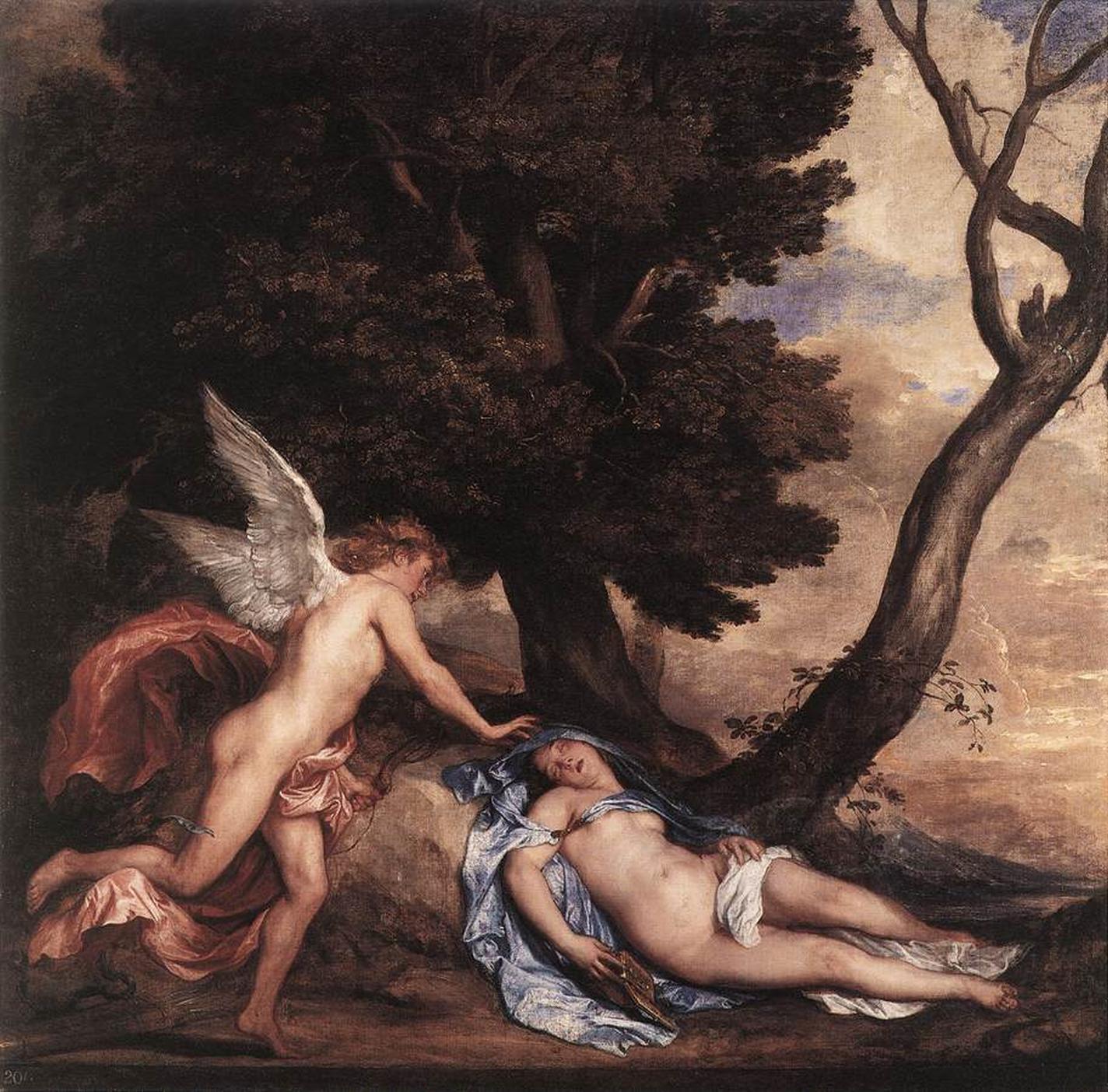 My favourite painting: Andrew Graham-Dixon
My favourite painting: Andrew Graham-Dixon'Lesson Number One: it’s the pictures that baffle and tantalise you that stay in the mind forever .'
By Country Life